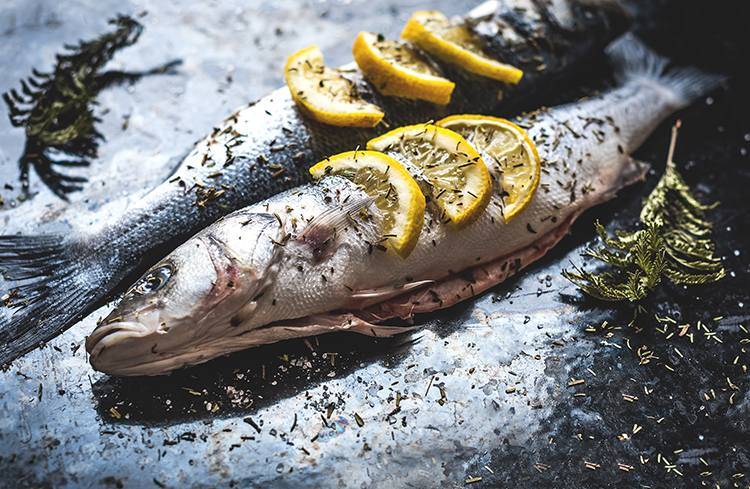Lake Acigöl, Lake Akgöl, Lake Akşehir, Lake Beyşehir, Lake Burdur, Lake Eber, Lake Egirdir, Gavur Lake, Lake Cavuşçu, Lake Işikli, Lake Karamik, Lake Karataş, Kovada Lake, Lake Salda, Lake Sugla, and Lake Yarişli make up the lake district that spans Turkey’s Mediterranean region.
These lakes offer fantastic camping locations, although some are out of the way. The ideal way to get around is to rent a car from the local city centre and drive out to go hiking, camping, or just sightseeing for the day before returning to the city.
Since numerous lakes are close to one another and the roads between them are frequently good, lake hopping is likely possible. This area is ideal for long weekends or even longer stays.
To help you plan your time away from the large city and in the centre of Mother Nature, here are the top 5 lakes from the lake district. You must have a reason to apply for a turkey visa online now. Visit our website and apply for a turkey e-visa online.
Lake Salda
You want the flavour of the “Turquoise Riviera,” but without the salt and the waves. Fortunately, Lake Salda is located near Burdur and is recognized for its turquoise lake and surrounding white sand. Said Lake Salda’s isolation is what makes it so unique. Droves of tourists go to the beaches of Antalya every year. Salda, however, feels far less affected by everyday life.
There are a few isolated tables and chairs, but there aren’t many cafés or restaurants. Bring your food and drink and spend the day enjoying the wonders of this fantastic place. Of course, don’t forget to dip in its refreshing waters!
Salda, a crater lake, is perhaps the deepest in all of Turkey at about 200 meters, which is one of the explanations for why its water is so chilly and refreshing. But swimming isn’t only something people do for fun.
The lake’s hydromagnesite mineral content works wonders for various dermatological problems. Visitors claim that their eczema, dandruff, and acne vanish after a week at Lake Salda, not to mention the numerous tales of miracle cures for more severe skin conditions.
The lake’s mineral content is exciting to scientists because it is thought to be similar to surface lakes on Mars.
Lake Salda is one of Turkey’s hidden gems and may be the starting point of any journey across the great Lakes region of the country.
Lake Eğirdir
In addition to showers and changing rooms, this sunlit lake is dotted with sun loungers, pillows, bean bags, and umbrellas. You can also set your camp right on the sand in the designated camping areas, giving you an authentic beach experience.
However, Eirdir’s most significant draw isn’t its beaches but the surrounding history. Nis Island, also known as Green Island or Yeşil Island, includes around 2,000-year-old remains and is now linked to the mainland by a road built along a breakwater. Byzantine Ayastefanos Church is a must-see attraction on its own.
Even the breakwater that provides access to the island is fascinating. It’s a breakwater, so when you cross, you’ll see that the water is calm on one side and rough on the other.
In addition, Egirdir has a castle that is thought to have been built in the 4th century B.C. Nearby, you can get rose-scented products like creams and baskets from Isparta, as well as rose water that can be used for cooking or cooking purposes.
Freshwater bass, trout, and carp can be found in the lake. Fishermen will sell the fish they capture along the lake’s shore to you or neighbouring restaurants. Make sure to get the unique sauce bass when there since the bass is often prepared in a sauce exclusively sold in Egirdir.
Lake Burdur
Bird watchers, we have the perfect vacation destination for you! Burdur is a saline lake, and one of its characteristics is that, as a result, it never freezes. Due to this, it is an incredible paradise for birding in the winter, when numerous species come to this area.
To begin with, it is crucial for the survival of the white-headed duck, a species that is threatened all over the world. But it also houses many other regional birds and at least ten globally endangered species. For these reasons, it has been a Ramsar Site since 1993 and a Wildlife Reserve since 1994.
The Burdur tooth carp and Sureyan killifish, endemic to the lake and threatened everywhere in the globe, are only two instances of the rare fish that call its saline waters home. Despite this, the fish in the lake is growing and is even served in restaurants all over. It eats an exclusive Lake Burdur species of crustacean known as arctodiaptomus burduricus.
Lake Beyşehir
The largest freshwater lake in Turkey is Lake Beyşehir, which is also one of the country’s birdwatching hotspots. The area serves as a haven for numerous significant bird species in all seasons. Additionally, each of the 33 islands in the lake has a unique vibe and features a variety of species.
The sun’s red is covered by flying birds and a beautiful natural setting during the lake’s famous sunset views.
As 21 of the 33 islands were inhabited by the Seljuk Empire and have remained on most of them, they are also worth visiting for ruins.
Beyşehir National Park, which protects the lake’s natural beauty and fauna, is located all around it. The lake’s beaches are wild and made of local sand. Visitors can also find cafés, restaurants, and picnic tables there.
Lake Eber
Like many other stunning lakes in this area, Lake Eber serves as a bird sanctuary. BirdLife International classified it as an “Important Bird Area” in 1989. And it’s easy to know why with just a glance at the lake, which resembles a meadow from a distance due to the hundreds of little islands formed by floating reeds that birds use to land on and feed.
In Lake Eber, swimming is less popular than canoeing; however, canoeing around the lake while observing the fauna is a beautiful day out. The islands are so distinctive that locals refer to them by their name, “kopak,” rather than any other term associated with an island. Some islets are big enough for anglers or nature lovers to spend the night floating over the lake!
Visit TurkeyVisaOnline.com and apply for a turkey e visa in a group or solo if you have some queries. Kindly connect with our team of visa experts. They will be happy to help you.









